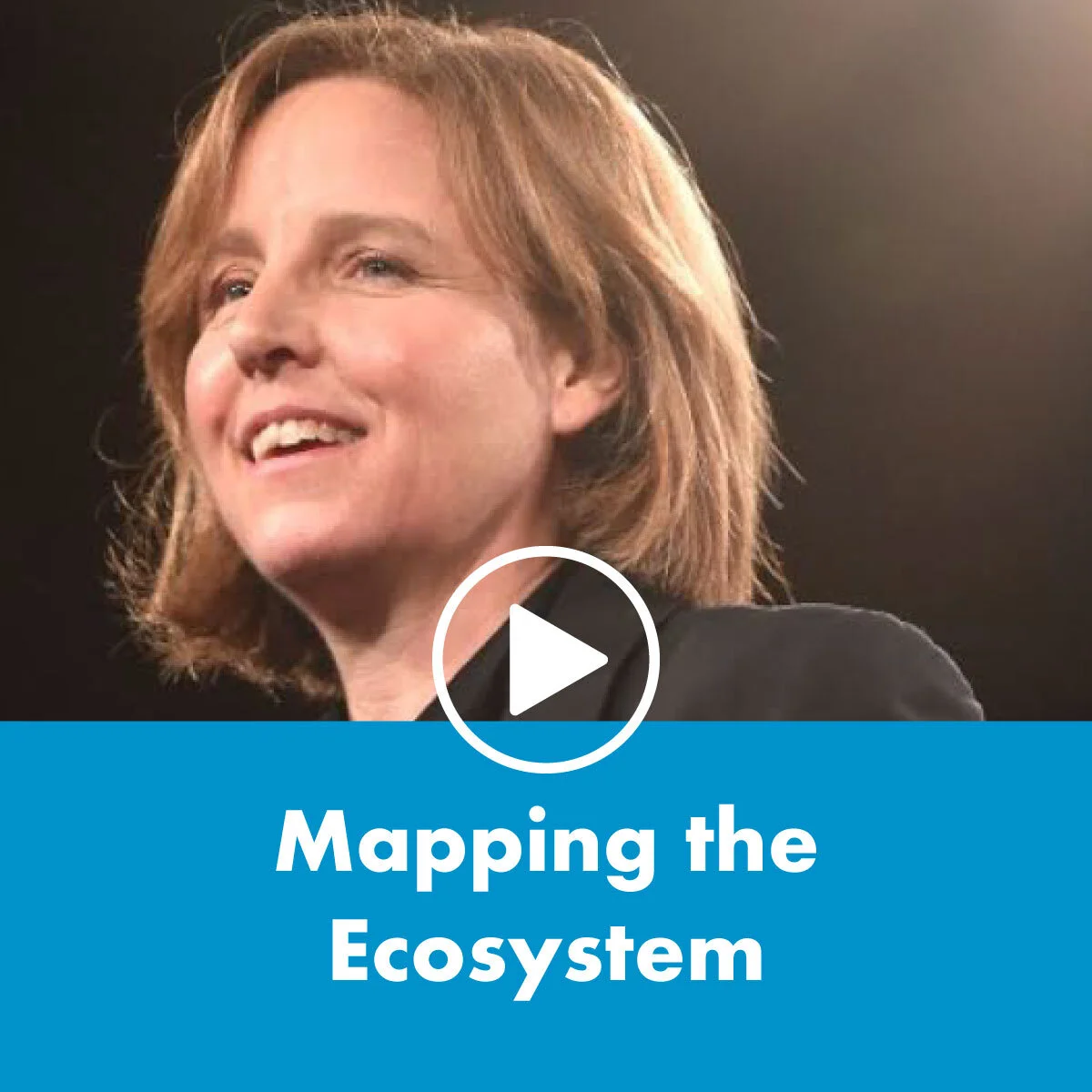
The Future of
Youth Employment Forum
held on April 6, 2021
Full recap, including talks, breakout summaries and ways to get involved:
The Talks
Panel Discussion on the Future of Youth Employment
We heard from a panel of youth, Yashira Valenzuela, Marigold Lewi, and Kimberly Vasquez who participated in Baltimore's Summer Youth Employment Program, YouthWorks, moderated by Andrew Coy, Executive Director, Digital Harbor Foundation. This was the conversation that easily stole the show with the three young women sharing their first-hand experience in getting a job, what has changed with exposure to different jobs, and the burden they feel they carry because adults aren’t showing up...(read more)
Breakout Topics
Click on the questions for a summary. Interested in helping us move these actions forward and/or want to help us get unblocked? Reach out to us at connect@youthjobsconnect.org
Facilitation by Mukta Ghorpadey and Ramik Williams with subject matter expertise from Jenn Smith
Facilitation by Andrew Coy & Rashaun Bennett
Facilitation by Michelle Skoor with subject matter expertise from Bill Krauss
Facilitation by Alan Melchior & Raija Vaisanen
Facilitation by Lia James with subject matter expertise from Thony Martino
Facilitation by Mike Swigert and Keiona Gorham with subject matter expertise from Sara Hastings
Breakout Facilitators
Keiona Gorham
Program Director
Wide Angle Youth Media
Jenn Smith
YouthBuild Program Director
Division of Youth Services,
U.S. Department of Labor
Mike Swigert
Senior Program Manager
Youth Employment, Aspen Institute Forum for Community Solutions
























